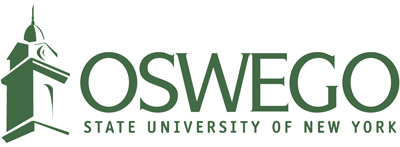This week, SUNY Oswego will host two lectures by renowned scientist FK Manthi, a member of the U.S National Academy of Sciences and director of antiquities, site and monuments at the National Museums of Kenya.
Both talks are free and open to the public.
Students are also welcome to attend a free dinner with Manthi on Thursday evening. Please contact anthropology faculty member Patricia Princehouse for details: patricia.princehouse@oswego.edu; or text 440-478-5292.
The lecture on Thursday, Oct. 17, is titled "New Homo sapiens Fossils from Kenya show Human Evolution Unites Us All." It will take place from 11:10 a.m. to 12:30 p.m. in 105 Lanigan Hall.
The Friday, Oct. 18, lecture, from 3 to 4:30 p.m. in 107 Lanigan Hall will explore "Exciting New Fossils of Early Human Ancestors from the 3-million-year-old site of Lomekwi."
The Thursday talk will discuss the emergence of the current human species. Fossils of early human ancestors millions of years old, such as Lucy -Australopithecus afarensis, and the Turkana Boy -Homo erectus, are familiar to experts and enthusiasts alike. But what about the final step that produced Homo sapiens?
Manthi’s team has discovered the earliest representatives of the species near Kenya’s border with Ethiopia. Africa is where Homo sapiens emerged, took on their modern form, invented art and complex tool technologies, and spent its first 200,000 years, before a few small bands ventured into Europe, Asia and eventually the Americas. Striking new fossils demonstrate that all human beings on Earth today -- despite minor differences -- are truly brothers and sisters, organizers said.
In his Friday talk, Manthi will discuss new fossils of human ancestors who lived over three million years ago that his team discovered in the Lomekwi area near Kenya’s Lake Turkana, site of the earliest stone tools ever found. Are these the toolmakers? An excellent specimen of a juvenile individual reveals tantalizing secrets of how ancestors lived just as the brain began to expand.
-- Submitted by the Anthropology Department


